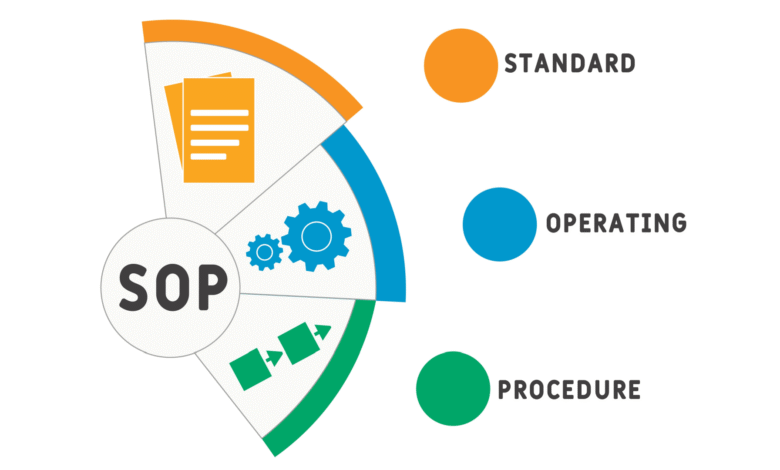SOPs: The SEO Team’s Secret Weapon for Success

▼ Summary
– SOPs (standard operating procedures) are essential for small SEO teams to maximize efficiency, reduce errors, and ensure consistent task execution.
– Small teams benefit the most from SOPs as they improve consistency, delegation, speed, and scalability without requiring corporate-level resources.
– Common pain points like forgotten processes or inconsistent work quality highlight the need for well-documented SOPs in SEO workflows.
– Effective SOPs are concise, visual, and flexible, including clear steps, tools, and ownership details while allowing room for creative adjustments.
– Organizing SOPs in accessible systems (folders, indexes, or project tools) and regularly testing them ensures usability and long-term adoption.
Standard operating procedures (SOPs) transform small SEO teams from chaotic to streamlined. For agencies and solo practitioners juggling multiple clients, these documented processes create consistency while saving valuable time. Rather than reinventing workflows for each project, teams can focus their energy where it matters most – delivering results.
The reality is that most SEO tasks follow predictable patterns – technical audits, content publishing, keyword research, and reporting all benefit from standardized approaches. Without clear guidelines, teams waste hours recreating processes or fixing preventable mistakes.
What separates thriving small operations from struggling ones often comes down to systems. SOPs provide:
- Reliable quality control across all client work
- Easier delegation to team members or contractors
- Faster onboarding for new hires
- Scalable workflows that grow with your business
Many assume formal procedures only matter for large corporations. The opposite proves true – small teams gain the most from eliminating guesswork. When every minute counts, documented processes prevent costly inefficiencies.
Common pain points without SOPs include:
- Wasted time recreating report formats
- Inconsistent content optimization
- Repeated training for routine tasks
- Missed steps in technical audits
Effective SEO SOPs share key characteristics. They’re:
- Concise – Simple checklists outperform lengthy manuals ]
- Visual – Screenshots and videos clarify complex steps
- Accessible – Centralized in shared drives or project tools
- Flexible – Allowing for case-by-case adjustments
Practical starting points for SEO documentation include:
- Content publishing workflows (metadata, linking, image optimization)
- Monthly reporting templates (metrics, visualization, delivery)
- Technical audit procedures (tools, priority issues, presentation)
- Client onboarding checklists (access requests, setup requirements)
Modern tools simplify SOP creation:
- Screen recording software captures processes in action
- Collaboration platforms organize documentation
- AI assistants help generate initial drafts
- Project management systems embed checklists into tasks
The true test of any SOP comes when someone unfamiliar with the process attempts to follow it. Regular reviews ensure documentation stays current as tools and strategies evolve.
For teams serious about efficiency, several resources offer valuable insights:
- Work the System explores process-driven business models
- Built to Sell demonstrates how systems increase company value
- The E-Myth Revisited explains scaling through standardization
Documented processes create space for strategic work by eliminating repetitive decision-making. For SEO professionals balancing multiple priorities, that efficiency makes all the difference. The initial time investment pays dividends through consistent quality, reduced stress, and scalable operations.
(Source: Search Engine Land)





